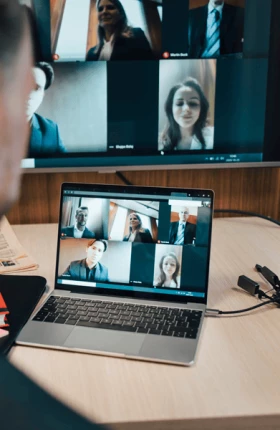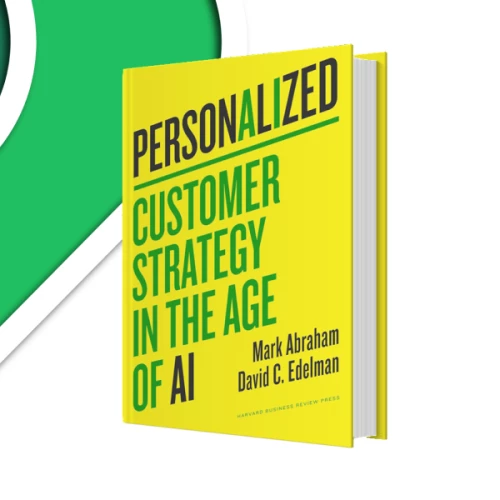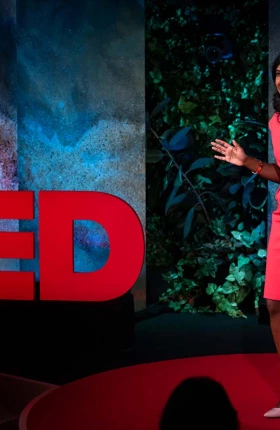Slack's Lucas Puente and BCG's Matthew Kropp share how human insight and clear leadership can turn AI from an experiment into real empowerment.
Featured Insights
Reinventing Work
Video
October 21, 2025
Putting People at the Center of AI

Article
July 23, 2025
As the importance of digitization grows, companies must find ways around scarce tech talent with a strategy that integrates both in-house and outsourced skills models.
Video
September 22, 2024
GenAI is an Exoskeleton that Boosts the Capabilities of Knowledge Workers
Developing an engineering mindset can amplify the power of generative AI for analytics, says BCG’s Daniel Sack.

Article
April 17, 2024
GenAI will impact roughly 90% of tech jobs and reduce costs by approximately 10%. Starting with tech functions, companies will need to mobilize talent in response.
On-Demand Workforce

Today’s companies can transform their talent model—and business strategy—by using digital talent platforms to access highly skilled freelancers.

Report
November 17, 2020
New research from BCG and Harvard Business School's Project on Managing the Future of Work suggests how companies can make the most of new talent models.

Many companies are struggling to hire and retain talent, but they fall short by not using a broad enough array of tools.

The pandemic has accelerated the trend of companies turning to digital talent platforms for highly skilled workers. Find out why these platforms appeal to workers.
Monthly Newsletter Subscription
Leadership by Design: Navigate the complexities of modern leadership
Leadership Development and Organizational Culture

Article
October 8, 2024
The most effective way for a company to help its workforce adopt AI skills a five-step approach that includes assessing what’s needed and preparing people for change.

Article
December 8, 2021
Five key practices can unify leaders up, down, and across the organization—and spark concerted action.

Article
March 17, 2022
Today more than ever, we are relying on our leaders to deliver. We’re asking more of them than we have in decades.
The CEO Agenda
A forward-thinking CEO agenda has never been more crucial. Our insights give you greater clarity on what lies ahead, helping you lead with confidence.
Book
Personalized: Customer Strategy in the Age of AI
Personalization presents a $2 trillion opportunity, and BCG's new book provides a playbook—including essential people strategies—to help you capture your share of this personalization prize.
Talent Development, Reskilling, and Upskilling

Talent can be hard to source and retain, even as segments of the US population lack access to satisfying, supportive jobs. Three initiatives are making a difference.

Article
December 11, 2023
When rapid technological change requires employees to dynamically upskill and reskill, again and again, a static college degree begins to seem less relevant.
To keep up with a rapidly evolving job market, hiring practices must also change. BCG managing director and partner Nithya Vaduganathan shares how to cultivate an inclusive work culture, inspire productivity, and unleash talent hiding in plain sight.
Learning Programs

Article
November 22, 2021
Companies that build advanced continuous-learning organizations can attract and keep the best talent—and create lasting competitive advantage.

Article
July 14, 2020
Revolutionary tech advances, the changing paradigm of training, and the rise of the bionic company demand radical rethinking of the corporate L&D function.

Article
June 28, 2021
By investing in the cloud, data, and analytics, institutions can improve student success, operational efficiency, and innovation in research and learning.

Focus
November 17, 2020
Companies compete on their capacity to learn quickly—and building an effective learning ecosystem is essential to gaining advantage in this critical area.
Explore more
Capability
Capability









